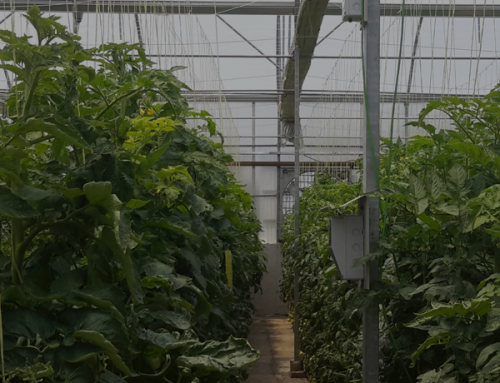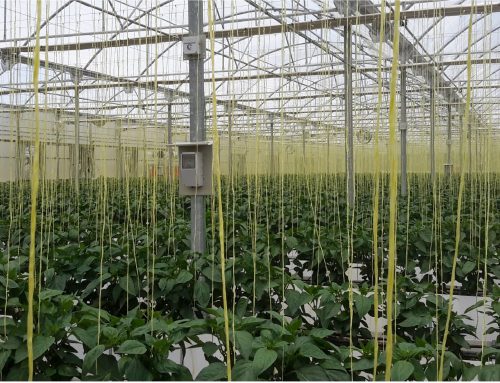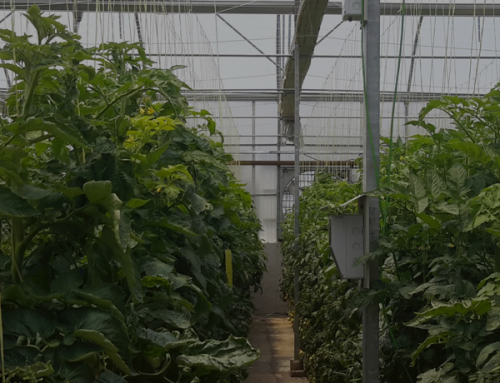A greenhouse is a construction aimed at growing plants. It consists of a set of walls and a ceiling made mostly of transparent materials such as glass. The material used for greenhouse construction is usually glass or plastic and it is designed in a way that the sunlight can pass through it. The sunlight is effective for warming the greenhouse. The climate inside the greenhouse is suited for the growth of plants. Greenhouse structures vary from small buildings to massive structures. The interior part of the greenhouse, which is exposed to the sunlight, is warmer than the interior part, in order to protect the plants against cold weather. The interior part of a greenhouse is kept warm even during the winter. During the day, the sunshine warms the plants inside the greenhouse. In fact, it can be said that a greenhouse is not a greenhouse without heat.
The history of greenhouses dates back to the ancient Roman times, when in the 13th century Italy designed and built some greenhouses similar to the modern ones. Nowadays, greenhouses are designed to trap the heat of the sunshine and to make the interior part warm even if the outdoor is cold. It can be said that the Earth also enjoys some molecules in the atmosphere, called greenhouse gases, that absorb the heat. These gases can have a significant impact on our lives and growth. The purpose of the greenhouse is to protect the crops against cold, heat, or unwanted pests.
The greenhouse allows certain types of crops to grow throughout the year, including various fruits, vegetables, and flowers. Some of the most famous greenhouses have reached perfect productivity or have changed into successful research centers, making great contributions in the field of botany. One of the most famous greenhouses is called Kew Gardens, comprising 121 hectares of gardens and botanical glasshouses. The center both conducts research activities and functions as a tourist attraction.
One of the most significant components of a greenhouse is its successful ventilation. Without proper ventilation, the growing plants inside the greenhouses will deal with various problems. They will become sick and die over time. The main goals of greenhouse ventilation include adjusting the temperature and humidity to the optimum level, facilitaing the air movement and, thus preventing the creation of plant pathogens, such as botrytis cinerea. Proper ventilation also prevents the supply of fresh air required for the photosynthesis and respiration of plant and may enable important pollinators to disperse to all areas around the greenhouse crop.






Leave A Comment